Humiliated Vladimir Putin could yet pull out the nuclear option in Ukraine war
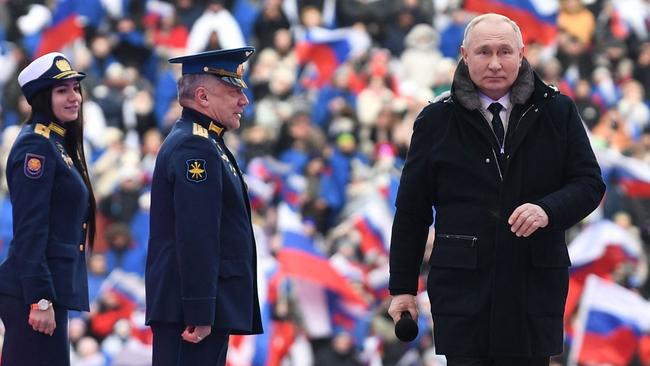
Most commentators – especially in Europe – dismiss the likelihood of Putin using a nuclear weapon in this war because they do not consider Russia’s use of a tactical nuclear weapon as being able to prove much on the battlefield. And escalating to the use of strategic nuclear weapons is dismissed as being illogical because NATO’s retaliation would lead to the end of Russia as a modern functioning society.
But we need to reflect on how badly NATO’s intelligence community – especially in the US – got Russia’s conventional war-fighting capabilities so calamitously wrong. And this is not the first time that assessments of Russia or the Soviet Union have suffered from intelligence failure.
Back in 1986, the CIA’s view was that the Soviet Union was poised to outstrip the US in almost every aspect of military power. Three years later, down came the Berlin Wall and two years after that the Soviet Union disintegrated as a nation-state, losing half its population and a quarter of its territory (equivalent to twice the area of Western Australia).
US Joint Chiefs of Staff chairman General Mike Milley told a closed session of congress early last year that Russia would be in Kyiv within three days (this writer was of the same view). Instead, what we see is the calamitous performance by the much-vaunted Russian military. There are serious questions now about Russia’s ability to retain Crimea and – even worse – Russia’s ejection from all Ukrainian lands.
No matter how the Ukrainian conflict is resolved, Russia can no longer be regarded as one of the world’s great powers. At best it is beginning to look like a second-rate European regional power. But it is still armed with a superpower’s nuclear arsenal capable of destroying the US and most of Europe should push comes to shove.
Russia has 1588 deployed strategic nuclear warheads plus another 2889 stored warheads for a total stockpile of 4477 strategic nuclear warheads. (By comparison, the US has 1744 deployed warheads and 1964 stored warheads for a total of 3708 strategic nuclear warheads.)
Under New START, the strategic arms reduction treaty, agreed limits for each of Russia and the US were set as 700 deployed intercontinental ballistic missiles, submarine-launched ballistic missiles and heavy bombers. And the number of warheads on deployed intercontinental ballistic missiles and submarine-launched ballistic missiles and warheads counted for deployed heavy bombers is 1550. But Russia has suspended its commitment to this treaty, and this means that intrusive inspections to ratify each side’s compliance are no longer taking place.
Moreover, the important Cold War arms control agreements covering the Anti-Ballistic Missile Treaty, the Intermediate-Range Nuclear Forces Treaty and the Open Skies Treaty – which had effectively kept the peace – have all been cancelled.

In addition, regular discussions to understand each side’s nuclear war-fighting doctrine and future nuclear weapon developments have been occurring only intermittently for years. In this sense, confidence in US and Russian understanding of their adversary’s most dangerous long-range nuclear offensive capabilities is being undermined.
At the same time, the US must take into account the growing nuclear threat from China, and relatively soon it will face the danger of a serious two-front nuclear war for the first time in its history. To complicate things even more, China is deliberately mixing nuclear and conventional warheads on its 1800 deployed theatre ballistic missiles in the Indo-Pacific region. This means Washington will have to make them nuclear targets irrespective, just in case the warhead mixture changes radically.
This brings us to my concerns about where Russia is headed with its nuclear weapons policy.
We need to understand that Russia’s nuclear arsenal is the best maintained part of the Russian armed forces. The Kremlin regards its nuclear weapons stockpile as a source of national pride because it is regarded as a traditional pillar of Russia’s status as a great power and the main guarantor of its security. Putin’s so-called special military operation had a nuclear component from the start.
When Russia launched its attack on Ukraine, it did so shortly after testing its nuclear systems. Putin made nuclear threats in his speech on the morning of the invasion. And a week into the war, Moscow announced it was putting its nuclear forces “on a special mode of combat duty”.
As Dmitry Adamsky points out in an important article called “Russia’s New Nuclear Normal” in the US journal Foreign Affairs on May 19, Russia’s approach to nuclear weapons has evolved since the invasion began – and not in comforting ways. Adamsky states that this war has further nuclearised the Russian miliary establishment’s strategic thought, and normalised nuclear weapons in the public’s consciousness.
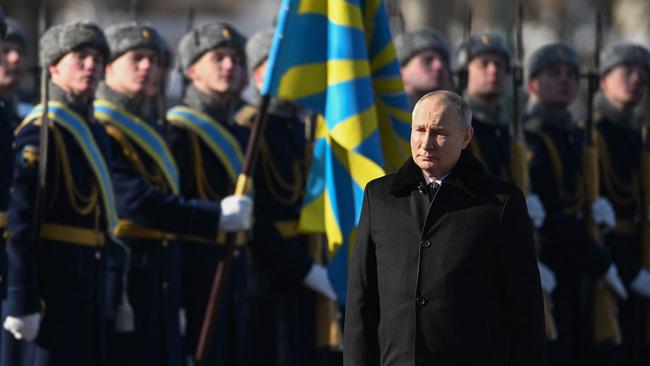
He claims “evidence from primary sources” indicates that during the past 1½ years Russia’s military has doubled down on its conceptualisation of nuclear deterrence strategy and it is starting to rely even more on the country’s nuclear arsenal in war-fighting planning. Adamsky considers that the Russian public appears to have become more comfortable with the idea of using atomic weapons.
He says nuclear normalisation may have been authorised by the Kremlin to restore Moscow’s coercive reputation, especially as the Kremlin has grown increasingly distressed by the West’s tendency to dismiss its nuclear signalling. He suggests this new “nuclear normal” may result in a vicious cycle: it could pave an easier path for the Russian supreme command to engage in more nuclear muscle flexing, and it could make the public tolerate and even perhaps encourage “the Kremlin’s assertive nuclear gambits”.
Adamsky – who is a professor at Reichman University in Israel – says that recently there has been a wave of unprecedented articles in Military Thought, the flagship journal of the Russian General Staff. He observes that during the past year there have been about a dozen authors in this journal’s pages, including the commander of the Strategic Nuclear Missile Forces, his deputies and other senior officers, who have examined the future of Russian deterrence and nuclear war fighting.
He says this wave of articles is unprecedented and suggests it is a coercive disclosure to buy time for rebuilding Russia’s conventional might and a statement of intent that reflects how Moscow plans to allocate its military resources and priorities.
Furthermore, Adamsky claims the Russian nuclear establishment’s main concern is a US “prompt global strike” that decapitates the Russian military supreme command and nullifies its nuclear retaliation capacity. The Russian military plans to deter this imagined threat by demonstrating to Washington its capacity “to repulse US airspace strikes, suppress US missile defence systems and deliver unacceptable nuclear damage to the American homeland”.
The Russian defence establishment, according to Adamsky, is seeking to set up a national level organisation charged with planning and executing strategic nuclear deterrence, and leading Russian defence intellectuals believe the US is lowering the threshold for nuclear weapons use and that Washington asserts a limited nuclear war would be manageable.

However, Moscow also believes its nuclear deterrence has deterred direct Western intervention in Ukraine. In sum, the Kremlin seeks to coerce without a major nuclear exchange, but it expects the military to expand its repertoire of nuclear muscle-flexing options. These are likely to be the near-term goals that Russia pursues as it refines its nuclear coercion mechanism.
At the domestic level, nuclear weapons are becoming a popular topic of conversation. The notion that using nuclear weapons should be a last resort but not an unthinkable option has become routine in Russian media, according to Adamsky. Russia’s nuclear threats, after all, may seem more credible if the country’s people appear willing to risk Armageddon. Nuclear employment has become more conceivable in the Russian public’s consciousness.
Adamsky says Russian sources “reveal an anxiety that the West perceives Moscow to be weaker and less determined than it really is”. Within this self-reinforcing climate, there is simply now “an easier path to escalatory conduct”.
The risk here is the tail now may be wagging the dog and nuclear public discourse “appears to have acquired a life of its own”.
Adamsky concludes that the merging of the Russian military’s embrace of nuclear operations with the normalisation of nuclear weapons in the public consciousness is an unprecedented nexus.
This nexus further enhances Russian nuclear orthodoxy, strengthens the members of Russia’s security elite calling to intertwine spiritual (Russian Orthodox religion) and physical deterrence, and it nurtures an ideology that “mixes nationalism, messianism, militarism, religious conservatism, and the veneration of nuclear might”.
Adamsky’s final disturbing observation is that this new nuclear normal in Russia “is likely to increase the obedience of military operators in response to escalatory nuclear orders from Russia’s leadership. And, if Russia experiences civilian-military instability sometime in the future, the chances of unsanctioned use could go up.”
None of this, in my view, is to succumb to Russian nuclear sabre-rattling. But it is to argue there are grave dangers from today’s Russia stewing in its vindictive sense of historical loss of empire – especially over Ukraine.
Putin has said Russia reserves the right to use nuclear weapons if confronting an existential threat. And he has already asserted that the West – meaning the US and NATO Europe – is posing an existential threat to the survival of the Russian motherland.
The central question is: In a war that has gone badly for Putin, will his sense of humiliation lead him deliberately to pull down the entire pack of nuclear cards?
All this leads me to the view that unless we see a negotiated ceasefire emerging, the US must give more attention to its nuclear war-fighting contingencies against Russia.
Paul Dibb is emeritus professor of strategic studies at the Australian National University. Dmitry Adamsky’s book Russian Nuclear Orthodoxy: Religion, Politics and Strategy was published in 2019 by Stamford University Press.

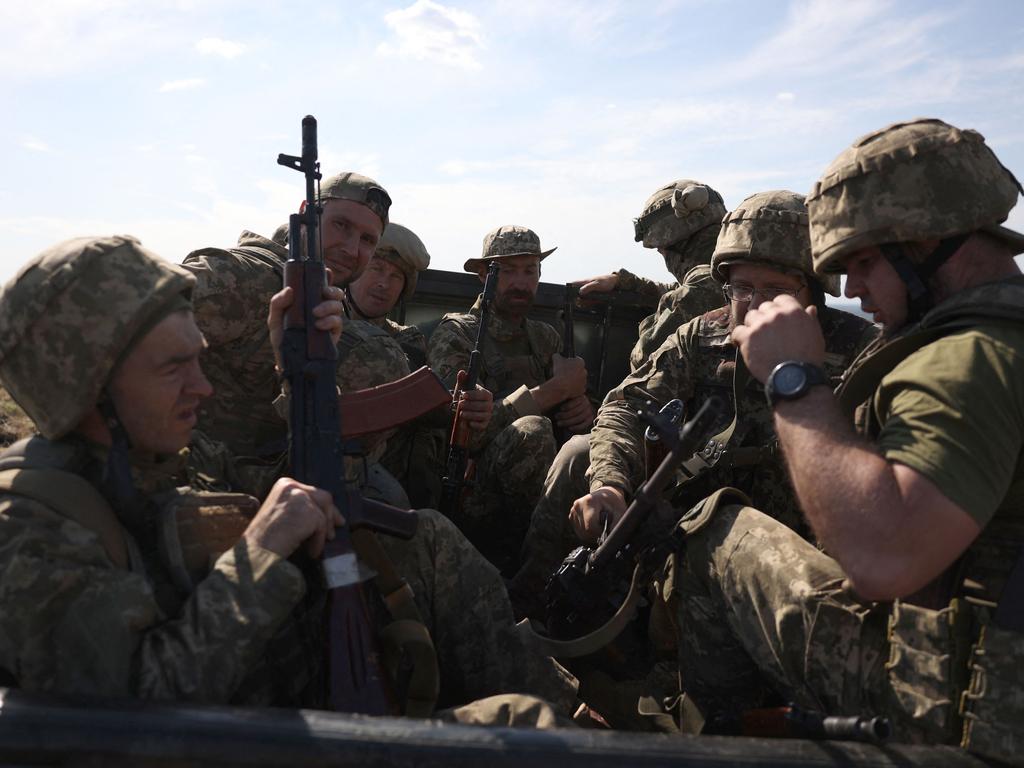
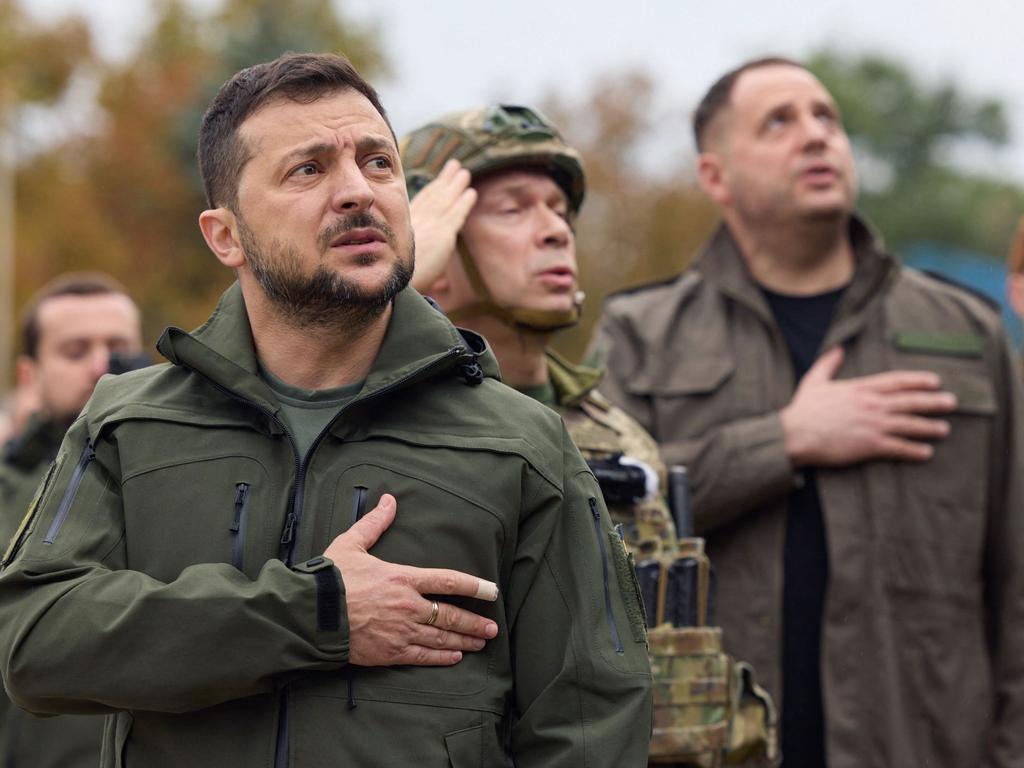
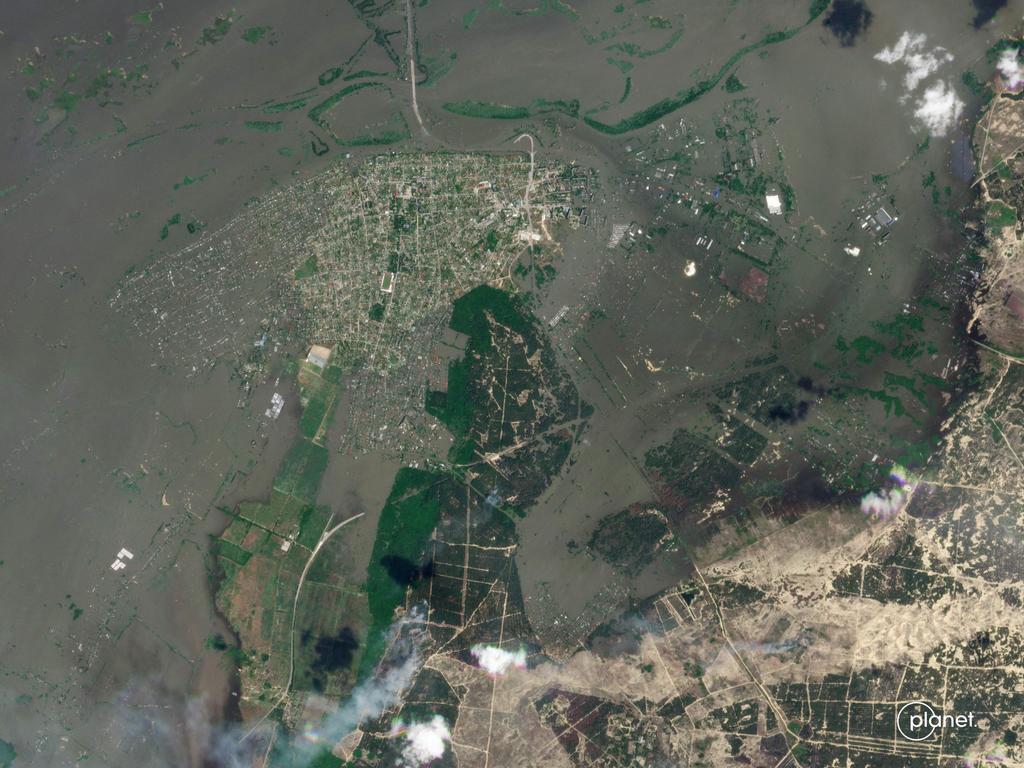



NATO is becoming used to the continuous nuclear threats being proclaimed by President Vladimir Putin ever since war broke out between Russia and Ukraine more than 15 months ago.